Content
- Genetics and color of cannabis leaves
- Genetics and color variation in cannabis inflorescences
- Role of feminized seeds in color change
Cannabis genetics play an important role in shaping various characteristics of the plant, including the color of its leaves and inflorescences. These changes can be the result of natural selection of cannabis or carefully selected genetic characteristics obtained through breeding. Let's take a look at how genetics influence the appearance of the plant, as well as changes in the color of cannabis leaves and inflorescences.
Genetics and color of cannabis leaves
Cannabis leaf color is not only an aesthetic feature, but also the result of complex interactions between the genetics of the plant and external conditions. First and foremost, it is important to understand that the pigmentation of cannabis leaves is influenced by different types of pigments, such as chlorophyll, which is responsible for the green color, and anthocyanins, the pigments that create purple, blue and red hues. The influence of genetics on plants comes through genetic traits that regulate the amount and type of these pigments.
Cannabis varieties with different pigmentation often have unique genetic characteristics that affect the color of their leaves. For example, many indica varieties may exhibit richer shades of green on their leaves, which is due to the high concentration of chlorophyll needed for efficient photosynthesis. However, genetics can also lead to unique traits such as purple leaf color, which is common in some feminized cannabis varieties. These varieties often have specific genes that allow the plant to produce anthocyanins, which are responsible for the color change.
Especially interesting are those cannabis varieties in which the color of the leaves can vary depending on the growing conditions. For example, varieties with indica genetics can change leaf shades from green to purple if the plants are exposed to a certain temperature regime during flowering. Such changes are related to how cannabis genetics affect the plant's response to stressors, including changes in temperature or light.
In addition, cannabis breeding is actively used to create varieties with different pigmentation. Breeders are trying to develop plants that will not only have excellent aromatic and flavor qualities, but also an attractive appearance, including a variety of shades of green, purple and red on the leaves. Cannabis genetics are thus key to shaping not only the therapeutic but also the visual characteristics of the plant, which is especially important for cannabis connoisseurs and growers.
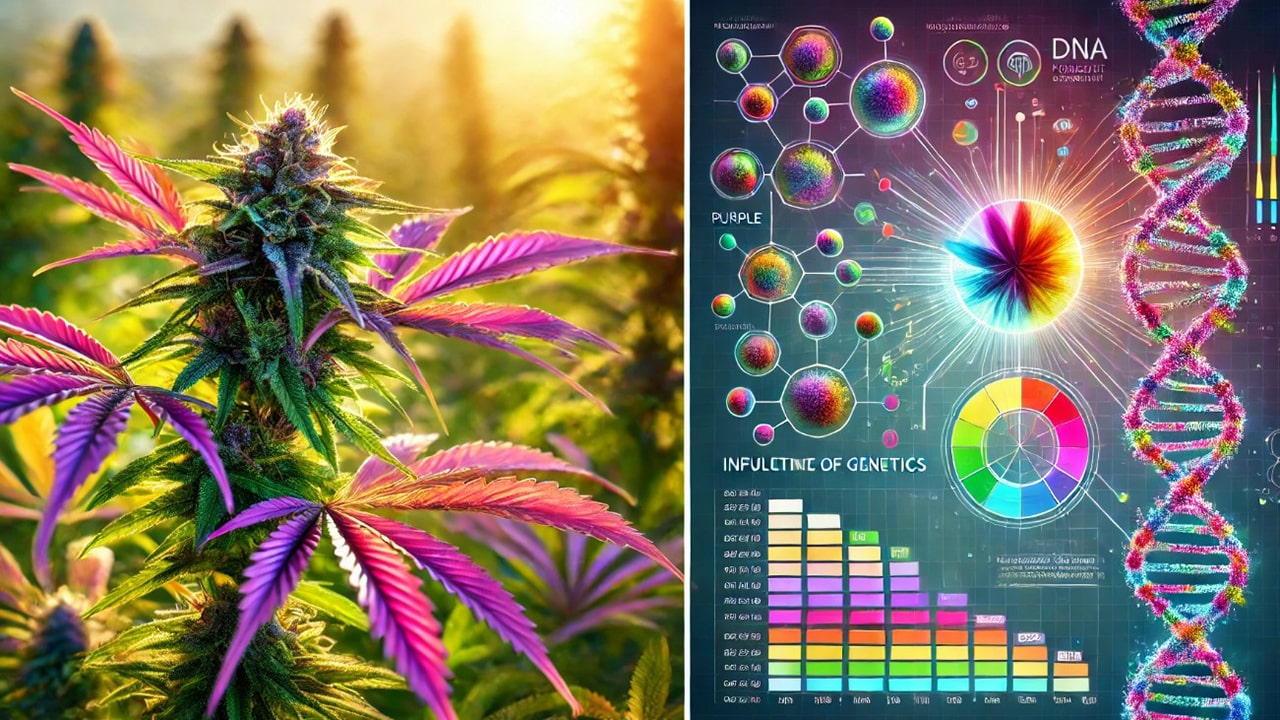
Genetics and color variation in cannabis inflorescences
Cannabis inflorescence color is an important trait that not only determines the appearance of the plant, but can also influence its aromas, taste and even therapeutic properties. The change in the color of the inflorescences depends on many factors, among which genetics occupies a special place. Genes responsible for pigmentation can cause different shades such as purple, red or blue, especially under certain temperature and light conditions.
Here are a few aspects of how cannabis genetics affect the color change of the inflorescences:
- Type of genetics (sativa or indica)
Varieties with dominant sativa genetics generally have green inflorescences, but depending on environmental conditions, they can take on shades of purple or blue. This is especially noticeable if the plant is subjected to stress, such as drastic temperature fluctuations. In contrast, indica varieties, due to their genetics, can have more intense purple and red shades, especially when the temperature drops below a certain level at night. - Role of THC in color change
The influence of genetics on plants is also manifested through the THC (tetrahydrocannabinol) content. In some cannabis varieties with a high THC content, the color change of the inflorescence may not only be due to genetic predisposition, but also due to chemical processes in the plant. This can cause the inflorescences to change from green to purple or red, especially at the end of the flowering period. - Breeding to create special varieties
Modern cannabis breeding is actively used to develop varieties with unique characteristics. To create varieties with distinctly colored flowers, breeders can cross plants with specific pigmentation genes. For example, such crosses can produce purple inflorescences that are not only visually appealing, but also contain high levels of active ingredients such as THC and terpenes. - Influence of external factors
Although genetics play a key role in inflorescence pigmentation, external factors can also have a significant impact. For example, sativa varieties, when grown under certain conditions, can exhibit bright hues that will be apparent at the end of flowering. Changes in temperature or light during flowering can also stimulate changes in inflorescence color, highlighting the plant's genetic predisposition to these changes.
Thus, cannabis inflorescence color change is a complex process in which genetics, including the hereditary characteristics of sativa or indica, play a key role. Proper breeding and control of environmental conditions can result in a plant with beautiful, brightly colored inflorescences that make it attractive.

Role of feminized seeds in color change
Feminized cannabis seeds are an important element in plant breeding, as well as in the study of pigmentation and color change in inflorescences. These seeds ensure that only female plants are produced, thus avoiding male plants that do not produce the desired yielding inflorescences. The use of feminized seeds in cannabis breeding not only helps ensure yield stability, but also affects visual characteristics such as leaf and inflorescence color. This is especially important for creating varieties with certain aesthetic qualities.
Feminized cannabis seeds are often used to develop varieties that have unique color hues on the inflorescences. This is because when the genetics of the plant are stabilized, breeders can pay special attention to creating a variety that is not only functional, but also attractive. For example, varieties with purple or purple inflorescences produced from feminized seeds may be the result of targeted breeding based on genes that regulate pigmentation.
To better understand how feminized seeds affect color change, a few examples of cannabis varieties that acquire certain color shades when using such seeds can be seen in the table below:
| Cannabis variety | Inflorescence color | Peculiarities of genetics | Influence of feminized seeds |
| Purple Haze | Purple, purple. | Sativa hybrid and Indian genetics | Bright purple coloring due to stable genes |
| Blueberry | Синие, фиолетовые | A sativa variety with a fruity flavor | Stress resistance, improved pigmentation |
| Gorilla Glue | Greens with golden hues | Sativa and indica in the genes | Effect of feminized seeds on color stabilization |
| Grandaddy Purple | Deep purple | Indica with stable violet pigments | Feminized seeds allow you to achieve vibrant hues |
The use of feminized seeds helps to achieve more predictable results, especially when creating varieties with bright, distinct colors such as purple or violet hues. Thus, feminized seeds play a significant role in breeding cannabis with unique color characteristics. With such seeds, it is possible to achieve stability not only in the quantity of the crop, but also in its visual characteristics, including changes in the color of the inflorescences, which is an important part of the overall aesthetics of the plant.
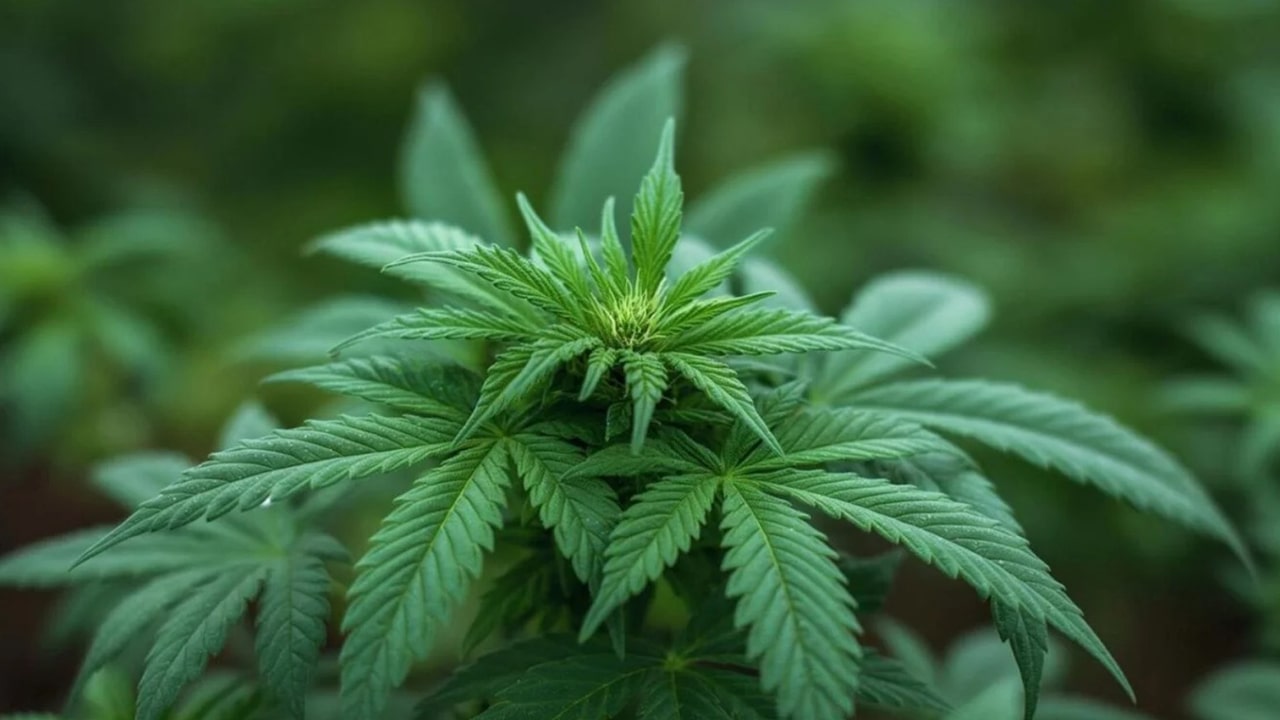
Attention! Errors Seeds does not encourage you to grow cannabis and does not promote it in any way. Cultivation is prohibited by the legislation of Ukraine. The article is of scientific and introductory interest only.
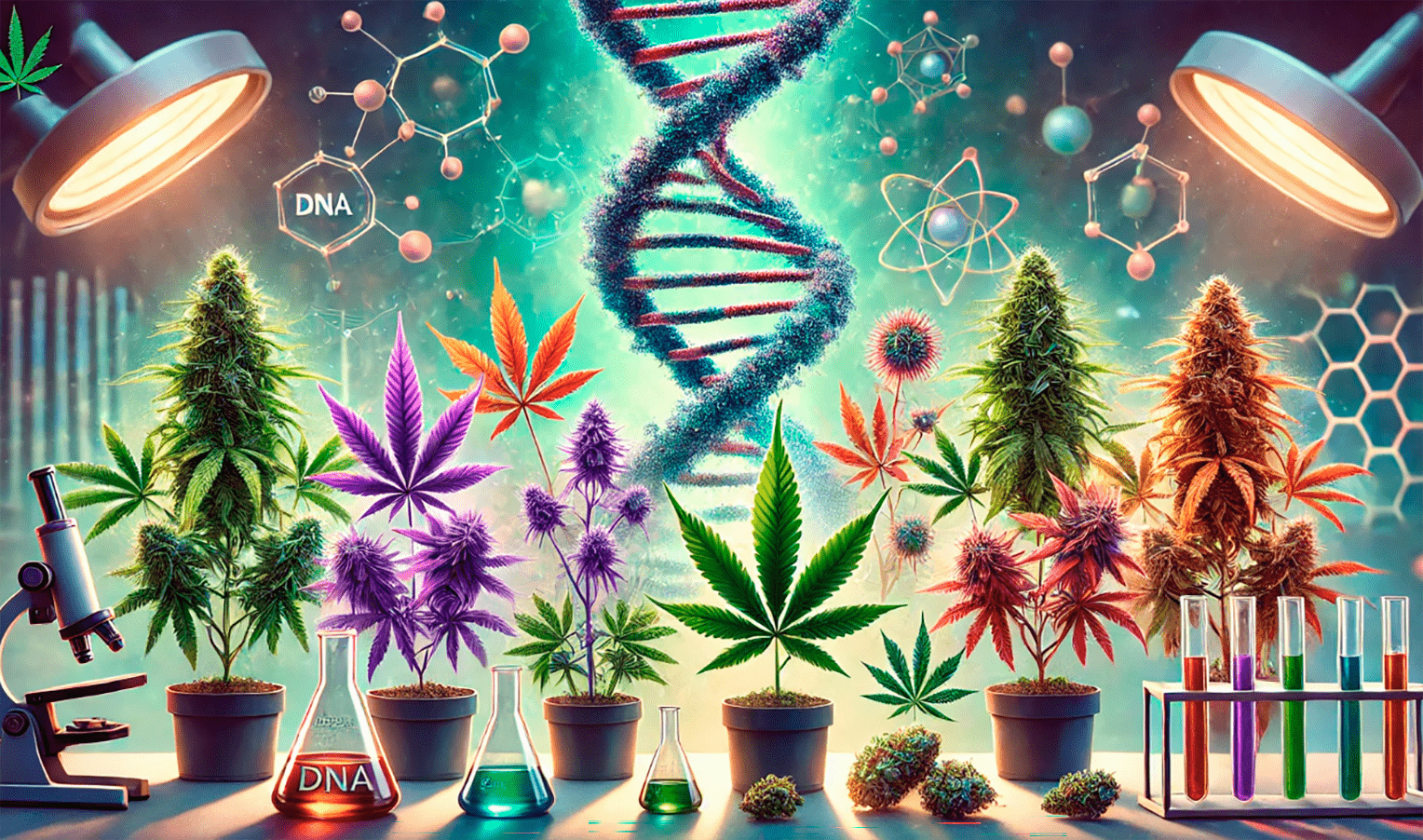



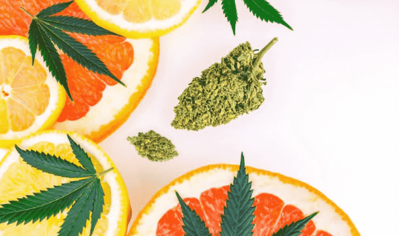




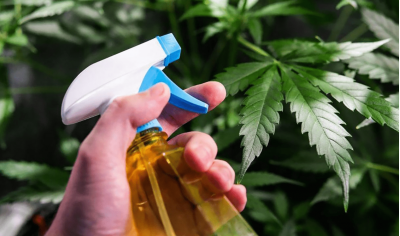
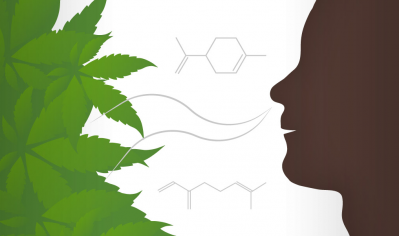
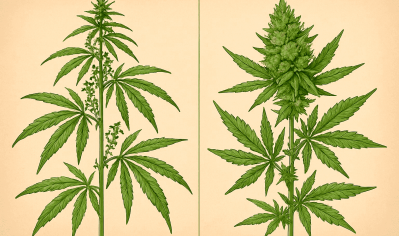



Write a comment